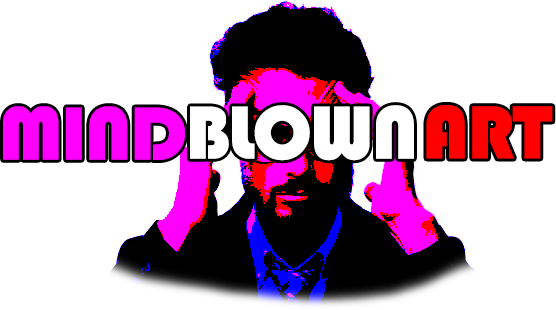Artists have been intrigued by the character of notion and by optical results and illusions for a lot of centuries. They’ve usually been a central concern of artwork, simply as a lot as themes drawn from historical past or literature. However within the 1950s these preoccupations, allied to new pursuits in expertise and psychology, blossomed right into a motion. Op, or Optical, artwork usually employs summary patterns composed with a stark distinction of foreground and background – usually in black and white for max distinction – to provide results that confuse and excite the attention. Initially, Op shared the sphere with Kinetic artwork – Op artists being drawn to digital motion, Kinetic artists attracted by the potential of actual movement. Each kinds have been launched with Le Mouvement, a gaggle exhibition at Galerie Denise Rene in 1955. It attracted a large worldwide following, and after it was celebrated with a survey exhibition in 1965, The Responsive Eye, on the Museum of Trendy Artwork in New York, it caught the general public’s creativeness and led to a craze for Op designs in vogue and the media. To many, it appeared the proper fashion for an age outlined by the onward march of science, by advances in computing, aerospace, and tv. However artwork critics have been by no means so supportive of it, attacking its results as gimmicks, and at this time it stays tainted by these dismissals.
The Op artwork motion was pushed by artists who have been curious about investigating numerous perceptual results. Some did so out of sheer enthusiasm for analysis and experiment, some with the distant hope that the consequences they mastered may discover a broad public and therefore combine fashionable artwork into society in new methods. Somewhat just like the geometric artwork from which it had sprung, Op artwork appeared to produce a mode that was extremely acceptable to fashionable society.
Though Op may be seen because the successor to geometric abstraction, its stress on phantasm and notion means that it may also have older ancestors. It might descend from results that have been as soon as fashionable with Outdated Masters, reminiscent of trompe l’oeil (French: “deceive the attention”). Or certainly from anamorphosis, the impact by which photos are contorted in order that objects are solely absolutely recognizable when considered from an indirect angle. Or, equally, Op could merely be a baby of recent ornament.
Throughout its years of best success within the mid-1960s, the motion was typically stated to embody a variety of artists whose pursuits in abstraction had little to do with notion. Some, reminiscent of Joseph Albers, who have been usually labeled as Op artists, dismissed it. But the truth that the label might appear to use to so many artists demonstrates how vital the nuances of imaginative and prescient have been all through fashionable artwork.
Lengthy after Op artwork’s demise, its status continues to hold within the stability. Some critics proceed to characterize its designs as “retinal titillations.” However others have lately argued that the fashion represented a sort of summary Pop artwork, one which emulated the dazzle of client society however which refused, not like Pop artists like Andy Warhol, to rejoice its icons.
The time period “Op artwork” could have been first utilized by artist and author Donald Judd, in a assessment of an exhibition of “Optical Work” by Julian Stanczak. Nevertheless it was made fashionable by its use in a 1964 Time journal article, and its origins date again a few years. One might see its roots in 19th century artwork and shade principle, in Johann Wolfgang von Goethe’s writings on shade, and significantly within the Neo-impressionist work of Georges Seurat.
Nonetheless, the fashion we now know as Op emerged from the work of Victor Vasarely, who first explored uncommon perceptual results in some designs from the 1930s. It was given an additional increase by the group present Le Mouvement at Galerie Denise Rene in Paris in 1955, and later by a collection of worldwide exhibitions exploring what was identified for a time because the “New Tendency.” Vasarely’s work quickly attracted followers internationally: Bridget Riley, who, like Vasarely, had labored in promoting, took up the fashion (quickly attaining much more prominence than Vasarely) and plenty of South American artists, primarily residing in Paris, additionally labored in an Op mode.
The head of the motion’s success was 1965, when the Museum of Trendy Artwork embraced the fashion with the exhibition The Responsive Eye, which showcased 123 work and sculptures by artists reminiscent of Victor Vasarely, Bridget Riley, Frank Stella, Carlos Cruz-Diez, Jesus Rafael Soto, and Josef Albers. Many museum attendees have been intrigued by the collision of artwork and science, however critics reminiscent of Clement Greenberg have been vehemently against the motion. The breadth of exhibitions reminiscent of The Responsive Eye additionally forged doubt on the motion, since by together with artists reminiscent of Frank Stella, whose pursuits have been so totally different from these of Vasarely, the label appeared virtually too broad to be helpful or believable.
source

